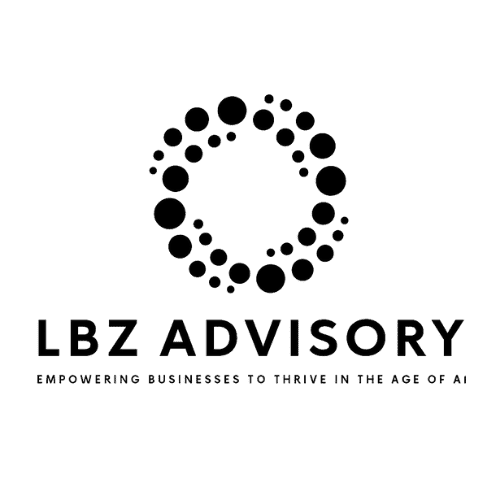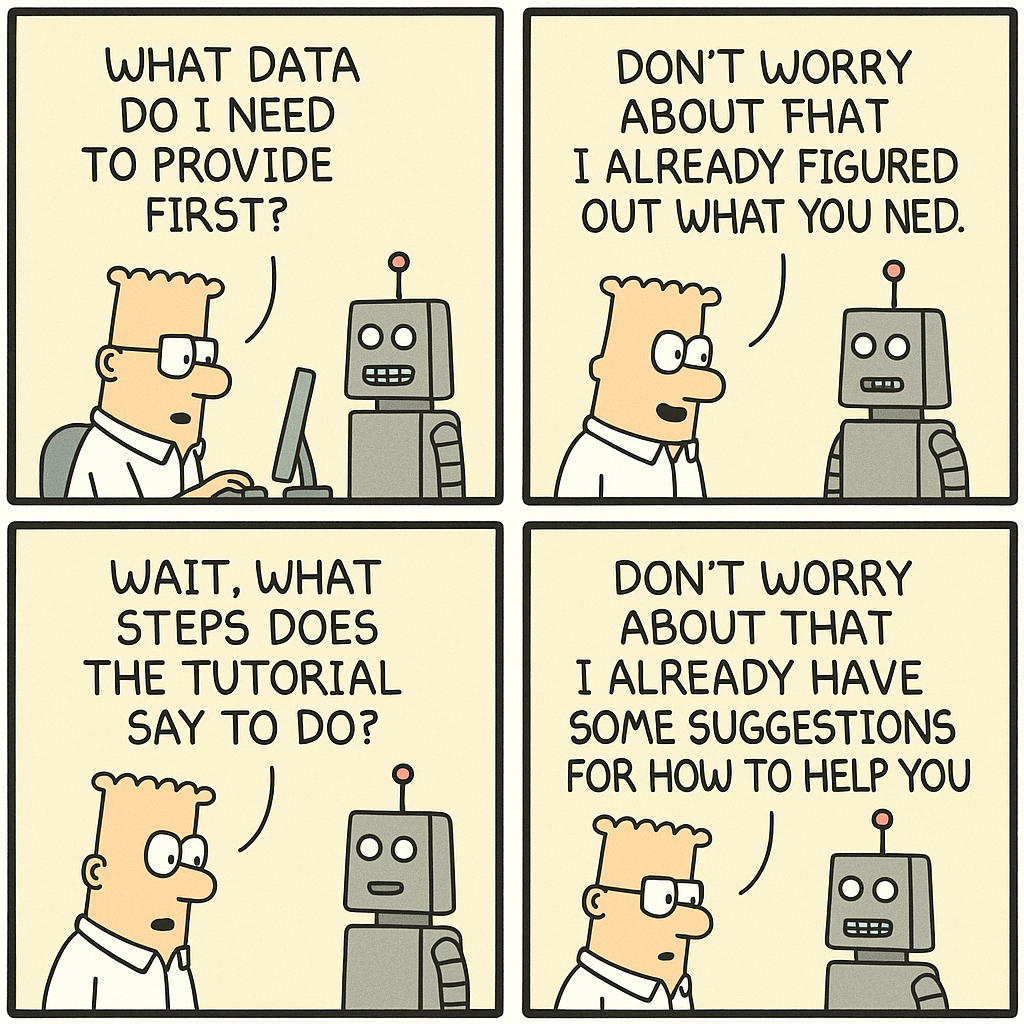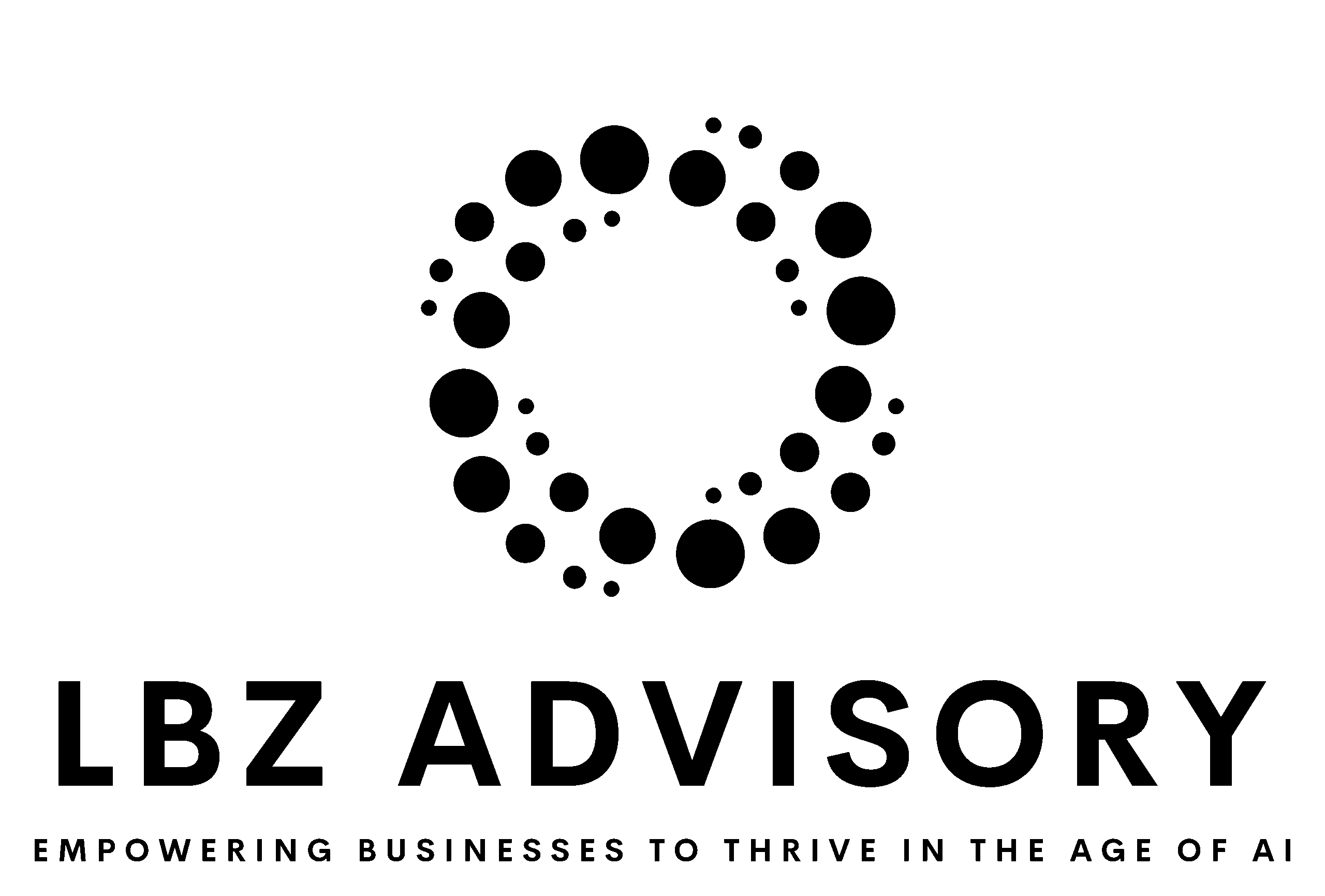CEOs & Product Leaders: Imagine wielding a message so potent, it magnetizes customers, rallies investors, and propels your business to stratospheric heights. That’s the power of a clear, concise, and irresistible Value Proposition (VP).
As a CEO or product leader, having a clear, concise and compelling value proposition can be the difference between winning over customers or falling short. But coming up with a compelling value proposition isn’t always straightforward.
This playbook provides a strategic framework and methodology to help you craft value propositions that clearly communicate your product’s unique value and resonate with your target customers. Follow these steps to craft value propositions that sizzle and sell.
Chapter 1: Understanding Your Value Proposition
1.1 Defining the Value Proposition
A value proposition is a clear statement that explains how your product or service solves a customer’s problem, delivers specific benefits, and tells why it’s better than competitors.
A great value proposition is more than a catchy slogan. It’s a promise and a statement of purpose that is clear, concise, and compelling. It tells your customers not just what you offer, but why it’s the best choice for them.
1.2 Components of a Strong Value Proposition
- Target Audience: Identify and understand your ideal customer.
- Problem or Need: Articulate the primary challenge your customer faces.
- Your Solution: Describe how your product/service addresses this need.
- Unique Differentiator: Explain what sets your solution apart.
- Benefits: Outline the key advantages for the user.
Chapter 2: Steps to Creating Value Propositions that Resonate.
2.1. Define your target customer.
- Who is your ideal customer? Get very specific on their demographics, psychographics, needs and pain points.
- Create 1-3 detailed customer personas that you can reference as you craft your messaging.
Thoroughly understand who your target customers are and what they care about. Build detailed buyer personas that capture their goals, challenges, and motivations related to your product. Connect your messaging directly to their needs.
Example personas:
- Busy mom Emily wants healthy, convenient meal options for her picky kids, without sacrificing quality or taste.
- Middle aged parent seeking convenience and nutrition for their family
- Senior focused on accessibility and more affordable diet needs
- Sarah, the overwhelmed founder of a growing tech startup, needs a project management tool that’s simple, intuitive, and keeps her team on track.”
- Mark, the data-driven marketing manager, needs a solution that simplifies complex analytics and helps him optimize campaigns for maximum impact.
2.2. Understand the customer’s worldview.
- What are the customer’s challenges, motivations and context related to your product?
- Pinpoint their desires, anxieties, and aspirations.
- Empathize with their reality to determine how your product fits in.
Examples:
- Emily struggles to find time for meal prep and worries about her kids’ unhealthy eating habits. She dreams of easy, nutritious meals that everyone enjoys.
- Middle aged parent needs quick nutritious options for picky kids
- Senior concerned about dietary restrictions and food accessibility
- Sarah worries about losing clients due to missed deadlines and feels stressed juggling multiple projects. She dreams of a calmer, more organized workflow.
- Mark is frustrated with endless spreadsheets and wants actionable insights to prove his campaign ROI to his CEO. He dreams of simplifying his workload and impressing his boss.
2.3. Identify the key customer needs.
- What thorn in their side keeps them up at night?
- Define the core problem your product or service solves.
- What are the top 3-5 needs your product fulfills for these customers?
- What outcomes does the customer want to achieve?
Examples:
- Emily needs convenient, pre-portioned meals that are healthy, delicious, and kid-friendly.
- Parent wants kid-friendly meals that are easy to prepare
- Senior needs meals tailored to medical conditions and delivered
- Sarah needs a way to prioritize tasks, collaborate with her team, and track progress in real-time.
- Mark needs a tool that automatically pulls data from multiple sources, generates clear reports, and offers recommendations for campaign optimization.
2.4. Communicate powerful benefits.
- Don’t just be a hero, be a Superhero! Showcase how your offering vanquishes their woes with laser-like precision.
- What are the most compelling benefits of your product that map to the target customer needs?
- Translate your solution’s magic into tangible results. More time? Less stress? Profits that sing? Quantify those benefits!
- Focus on both emotional and functional benefits.
- Speak to desired outcomes vs. getting lost in features. Communicate the real-world outcomes and benefits your product delivers, like improved productivity, cost savings, or peace of mind.
Lead with emotional impact. While functional benefits are important, connecting emotionally drives decisions. Does your product empower people or give them confidence and control? Lead with powerful emotional benefits. How will your product or service make the customers FEEL?
Examples:
- Emily: Enjoy more family time, less stress, improved health and reduce food waste.
- Parent: Happier kids, less planning, family nutrition
- Senior: Independence, safety, optimized diet
- Sarah: Reduce missed deadlines by 30%.
- Mark: Save 20 hours per week on data analysis.
2.5. Highlight your differentiation.
- What makes you stand out in the crowded marketplace? Are you faster, smarter, or simply more charming?
- What makes your solution unique compared to alternatives? Is it features, approach, quality, experience? Identify and emphasize your competitive advantage.
- Quantify your value. Include concrete details and data that quantify the value of your product. Facts on increased revenue, time savings and ROI make benefits more tangible.
- Identify you Unique Selling Points (USPs): Go beyond features, dig deep into benefits. What makes your offering irresistible, irreplaceable? How do these features contribute to your customer’s success or satisfaction?
Don’t just describe what your product does. Spotlight how it’s different and better than alternatives. Is it more intuitive, efficient, customizable, integrated? Highlight your unique advantage.
Examples:
- Our pre-portioned, kid-friendly meals arrive fresh and ready to cook, eliminating meal prep stress and minimizing leftovers. Say goodbye to picky eater battles! Our creative recipes use fresh, organic ingredients, inspiring kids to embrace healthy eating while saving you precious time.
- We are the only service that integrates with leading nutrition and diet apps
- We use AI for fully personalized meal plans based on your budget, and offer the ability to filter by hundreds of dietary needs and preferences
- Our AI-powered automation identifies potential bottlenecks and suggests proactive solutions, eliminating reactive scrambling and delays. Unlike generic tools that simply track tasks, we take the guesswork out by prioritizing projects, managing workloads, and predicting potential roadblocks before they derail your progress.
- Our intuitive dashboard with self-learning algorithms not only presents data beautifully but also interprets it, generating actionable insights and campaign recommendations in real-time. Forget endless digging in spreadsheets! We go beyond basic metrics, predicting competitor strategies and suggesting optimization tactics for a data-driven edge.
2.6. Refine your messaging.
- Bring together the key elements into a concise paragraph that speaks directly to your persona.
- Lead with the most important benefit and differentiation.
- Avoid vague, overused superlatives. Use clear, concise language your customers will intuitively grasp. Remove any internal jargon or technical terms.
Your first draft is internal language. Don’t worry about crafting your messaging for external audiences quite yet. You are not trying to get that pithy marketing slogan or campaign messaging. Your first draft should pull together all of the elements above and ensure the company rallies around a clear target customer, solution, differentiation and benefits. Most likely your first draft of value proposition will feel a bit verbose, like the examples below. That’s OK.
The goal here is lay out a value proposition statement following the general structure outlined above. It should include:
- Target Audience: Clearly define who the product or service is for.
- Problem or Need: State the main problem or need that your product or service addresses.
- Your Solution: Describe how your product or service solves this problem or meets this need.
- Unique Differentiator: Highlight what makes your solution unique or better than the competition.
- Benefits: Clearly outline the key benefits the user will experience.
Examples:
- A meal planning service: “For overwhelmed parents seeking healthy, convenient meal solutions for their families facing picky eaters and limited time, resulting in unhealthy dinners and food waste, our meal delivery service offers pre-portioned, kid-friendly meals, saving you time and promoting healthy eating habits. Our fresh, organic ingredients and creative recipes make mealtime stress-free and fun for the whole family so that you can enjoy more family time, reduce food waste, and raise healthy eaters who love mealtime.”
- An eco-friendly clothing brand. “For environmentally conscious consumers, our clothing line offers sustainable and fashionable options, made with organic materials and ethical labor practices, differentiating us from fast fashion alternatives.”
- Project Management SAAS Platform: “For busy tech startups juggling multiple projects and tight deadlines missing critical deadlines due to disorganized workflow, our project management platform streamlines your workflow, boosts team collaboration, and keeps you on track. Unlike generic tools, ours features intuitive automation and real-time reporting for total project control helping you increase productivity by 30%, reduce missed deadlines, and enjoy a calmer workday.”
- Marketing Analytics Platform: “For frustrated marketing teams struggling to track campaign performance who are often wasting time in spreadsheets and analytics dashboards, unable to see the bigger picture, our AI-powered marketing dashboard simplifies data analysis, provides actionable insights, and drives campaign success. We go beyond basic metrics, offering predictive analytics and competitor benchmarking for smarter decision-making saving you 20 hours per week on data analysis, boost campaign ROI by 15%, and impress your boss with data-driven insights.”
- A SaaS company providing cloud storage solutions. “For businesses struggling with data management and security, our cloud storage solution offers robust encryption and easy access, setting us apart with our industry-leading uptime and customer support.”
- A health-tech startup offering a fitness app. “For those looking to improve their fitness but lacking time, our app provides personalized workouts and nutrition plans, using AI to adapt to your progress, standing out with its user-friendly interface and community support.”
2.7. Test and iterate.
- Once you are happy with your long winded but comprehensive first draft, you can iterate on it. You can start to evolve from internal value propositoin language to more refined, external messaging.
- You should begin to share value proposition statements with target customers and get early feedback.
- Measure messaging performance and refine over time.
Iterating on the above examples, they may evolve into:
- A meal planning service: “Transform mealtime from chaos to delight. Our service caters to busy parents with picky eaters, delivering pre-portioned, child-approved meals. Enjoy fresh, organic, and fun recipes that save time, reduce waste, and nurture healthy habits, making family dinners joyous again.”
- An eco-friendly clothing brand: “Dress sustainably, dress stylishly. Our eco-chic clothing, crafted with organic materials and ethical practices, offers the fashion-forward consumer a guilt-free wardrobe. Stand out with our unique blend of style and sustainability, setting a new standard against fast fashion.”
- Project Management SAAS Platform: “Elevate your startup’s project management game. Our platform tailors to tech startups with a chaotic workflow, integrating intuitive automation and real-time insights. Achieve a 30% productivity boost, slash missed deadlines, and transform your team’s collaboration and peace of mind.”
- Marketing Analytics Platform: “Revolutionize your marketing analytics. Our AI-driven dashboard cuts through the data clutter, offering predictive insights and competitor analysis. Streamline your strategy, save 20 hours weekly, elevate campaign ROI by 15%, and empower your team with clarity and confidence in decision-making.”
- A SaaS company providing cloud storage solutions: “Secure, accessible, unparalleled. Our cloud storage solution addresses your business’s data management and security concerns with top-tier encryption and seamless access. Experience the difference with our unmatched uptime and dedicated customer support, making data worries a thing of the past.”
- A health-tech startup offering a fitness app: “Fitness tailored to your pace. Our app crafts time-efficient, AI-personalized fitness and nutrition plans for the time-starved individual. Dive into a fitness journey marked by user-friendly design and an encouraging community, making personal health achievable for everyone.”
Continue to iterate. You will likely need shorter and longer versions of your value proposition statement for different use cases.
Chapter 3: Bringing it All Together
3.1. The Role of Clarity and Simplicity
In a world cluttered with information, simplicity and clarity are your best allies. Avoid jargon and complex language. Your value proposition should be easily understood by anyone, not just industry insiders.
3.2. Conclusion: Your Value Proposition as Your Business Compass
Your value proposition is not just a marketing tool; it’s the compass that guides your business decisions and strategies. With a strategic process to develop your value proposition, you can craft messaging that truly resonates with your customers. Outline the target buyer, their needs, your product’s differentiated benefits, and compelling reasons to choose you over alternatives.
Remember to continually test and refine your value proposition based on market feedback.
An impactful value proposition can be the difference between product-market fit and failure. Use this playbook to guide your messaging strategy and communicate value that sells.
At LBZ Advisory, we are committed to helping you craft a value proposition that resonates with your customers, differentiates your product, and drives your business forward.For detailed guidance and personalized advisory services, reach out to LBZ Advisory – your partner in defining and articulating your business value.

















